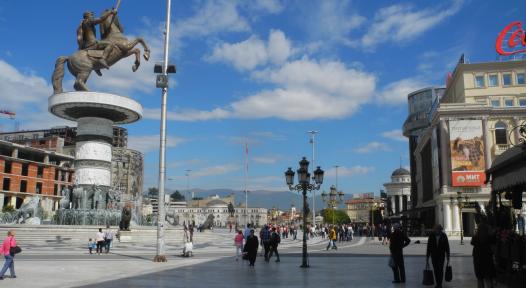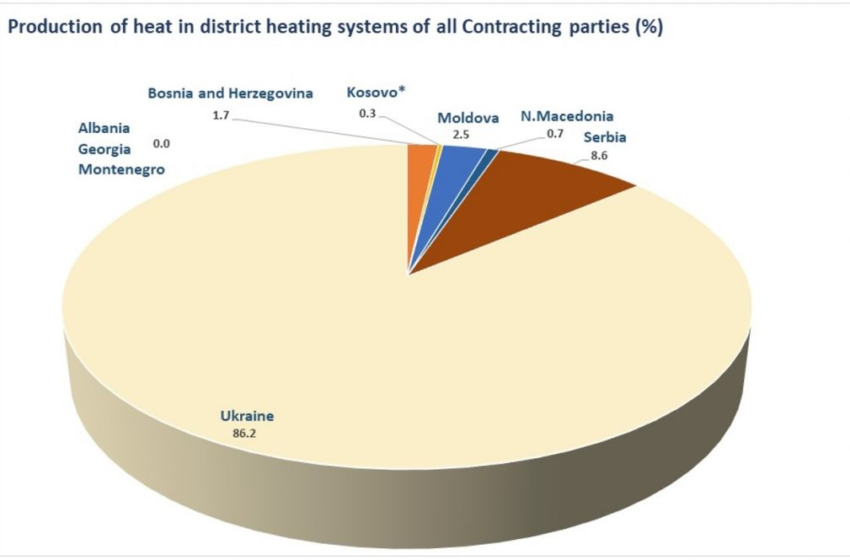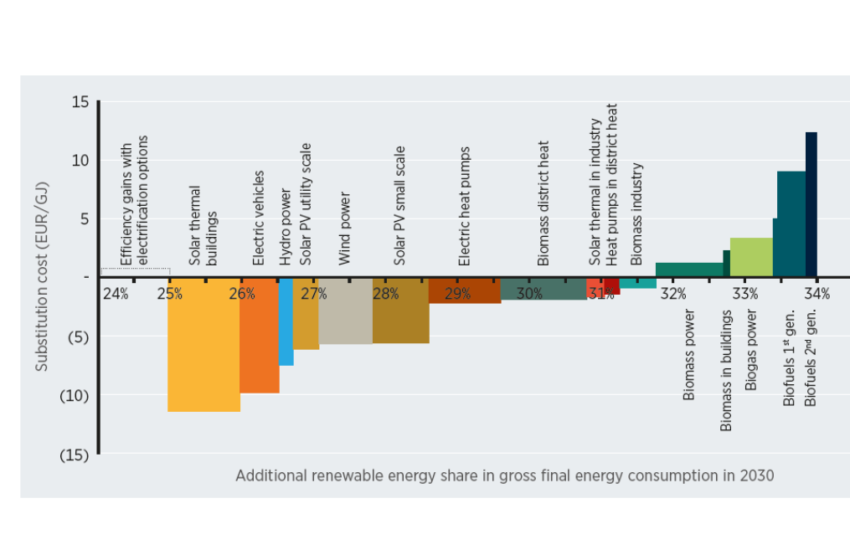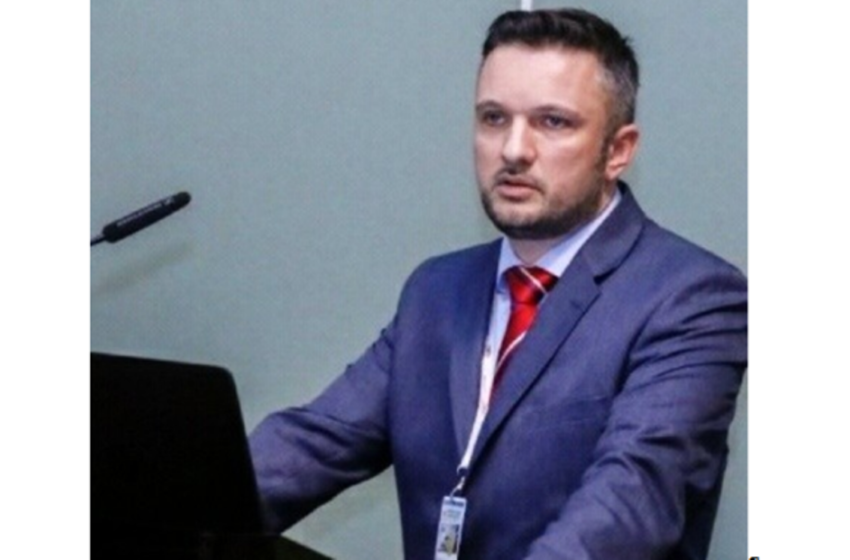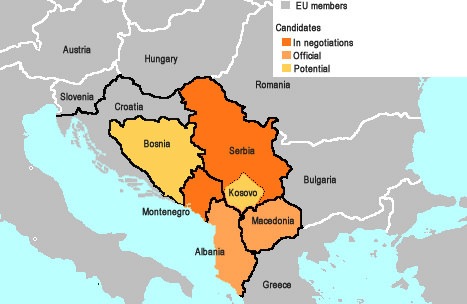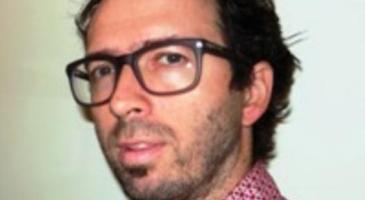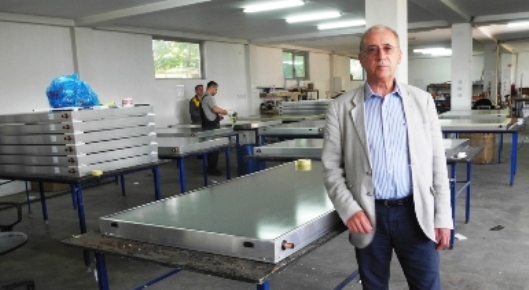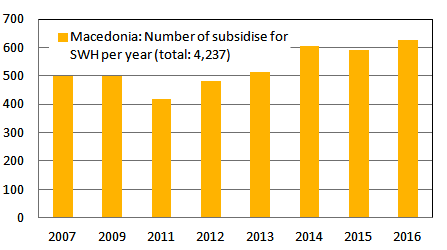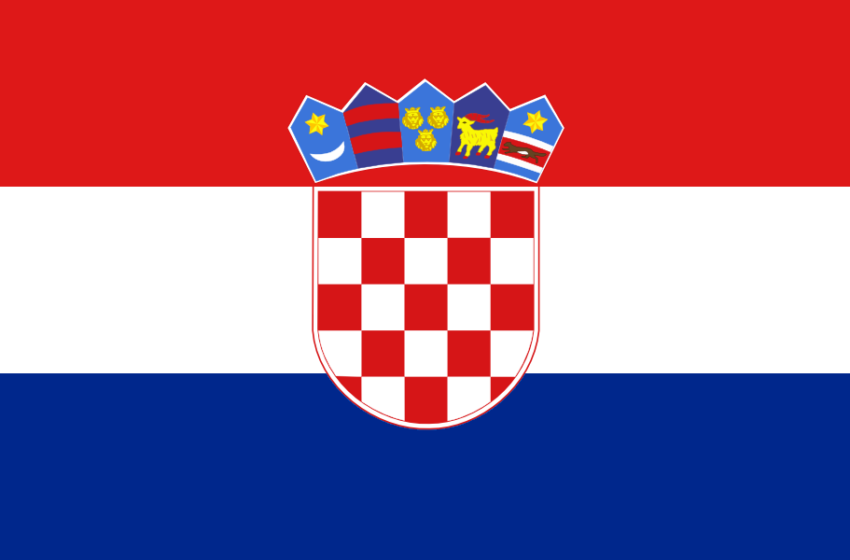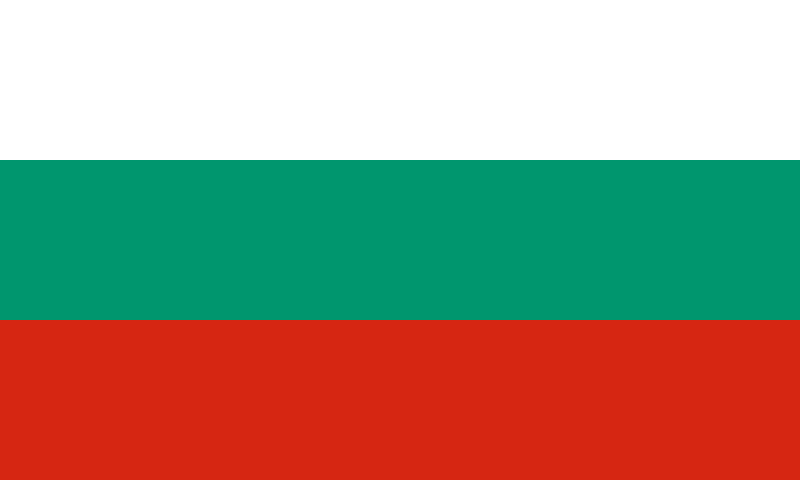Many times during winter, Skopje in North Macedonia holds the unfortunate record of being the capital with the worst air quality in Europe. One reason for this is that some […]Read More
Vienna-based Energy Community’s launch of a Heating and Cooling Network in September 2020 was a clear indication that it wants to move beyond its current focus on renewable electricity and […]Read More
The 18 countries participating in the Central and South Eastern Europe Energy Connectivity Initiative (CESEC) could use renewables to meet 34 % of their energy demand by 2030, with solar […]Read More
In the Western Balkans, one of Europe’s southernmost regions, large district heating networks are a common sight. Some of those are run at return temperatures as low as 45 °C, […]Read More
The European Bank for Reconstruction and Development is now funding feasibility studies under a programme called Renewable District Energy in the Western Balkans, or ReDEWeB for short. Town and city […]Read More
District heating networks supplied by renewable energy sources (RES) are widely recognised today as one of the most effective ways to decarbonise the heating sector. The EU’s CoolHeating project has […]Read More
During the last days of May, it got rather heated in Skopje, Macedonia’s capital – politically and climate-wise. While the summer sun was providing all the warmth it could muster, […]Read More
The Republic of Macedonia has been in a state of political turmoil for some time. The most recent general election was held in December 2016, but it is still unclear […]Read More
Since Croatia joined the European Union (EU) in July 2013, the number of non-EU members in Southeast Europe has shrunk yet again. What’s more: The remaining countries are on their […]Read More
“Bulgaria has a new government and in my opinion, energy efficiency and sustainable technology should be its top priority,” Bulgaria’s President Rosen Plevneliev said after a meeting with Connie Hedegaard, […]Read More
